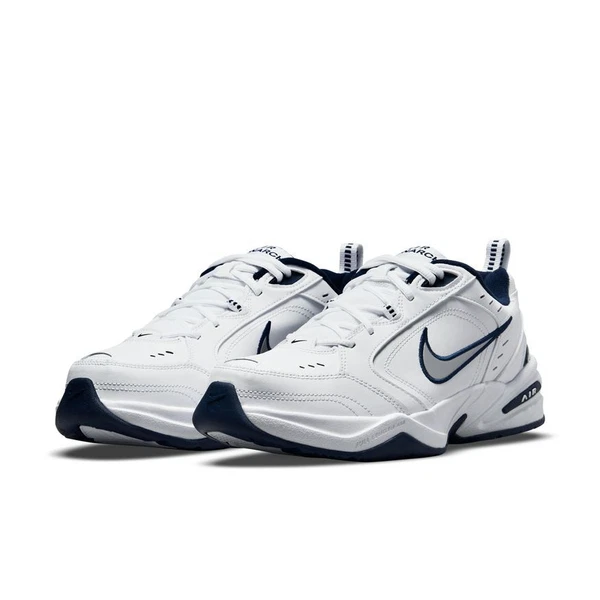Description: <div style="text-align:center"><img src="http://ti2.auctiva.com/sw/java.gif" border="0"><br><table align="center"><tr><td><a style="text-decoration:none" href="http://store.auctiva.com/jorlinkusa"><img src="http://ti2.auctiva.com/sw/browse2.gif" border="0"></a></td><td height="21px" valign="middle" align="center"><font face="arial" size="2"><b><a href="http://store.auctiva.com/jorlinkusa">jorlinkusa</a> Store</b></font></td></tr></table></div> <img src="http://ti2.auctiva.com/web/aswCredit.gif" border="0"><br><a href="http://www.auctiva.com/?how=scLnk1" target="_blank"><img src="http://ti2.auctiva.com/images/sc1line1.gif" border="0"></a> Spray 12 Oz.Use: Metals, Ceramics, Glass and More Laser bonding is an established technology that uses lasers to bond additive marking material to a wide variety of different substrates and is commonly used with CO2, Nd: YAG and Fiber lasers.The technology was first invented in the mid 1990s by Paul W. Harrison, the founder of TherMark. After selling his interest in TherMark, he went on to found Laser Bonding Technology and continues to be involved with laser marking hardware and the further development of new and unique marking materials. These new products produce permanent marks on most metal, glass, ceramic, plastic and stone surfaces for use in a wide range of industrial and artistic applications, ranging from automotive, aerospace and medical to the awards & personalization industries. It differs from the more widely known techniques of laser engraving and laser ablation in that it is an additive process, adding material to the substrate surface to form a permanently bonded mark or decoration instead of removing material as is done in those other laser processes.For metals, parts can be permanently marked with high contrast and high resolution for identification, logos, bar-coding and serialization purposes, without damage to the substrate. With glass and ceramics, complex surfaces can be decorated or marked; however, the traditional kiln firing process is replaced by a laser, with its permanently bonded decorations and markings fired on in seconds instead of minutes or hours.The laser bonding process technology evolvesMark quality depends on a variety of factors, including the substrate surface, laser type and power, marking speed and spot size, beam overlap, material thickness and other laser parameters. LaserBond™ products are supplied in both aerosol spray cans and liquid ink containers. They may be applied by various methods, including a manual brush-on technique, air brushing, industrial spraying, pad printing, screen printing, roll coating and tape transfer. The resulting marks are permanently bonded to the substrate and, in most cases, they’re as durable as the substrate itself.As with most technologies, what is new and exciting today will be obsolete in just a few years. New improvements to the LaserBond™ materials which are based on established sub-micron and nanoparticle technology are yielding surprising results and a new pending patent. LaserBond™products and technology do not infringe on any of the original and/or currently existing patents. For additional information and to learn more about these existing and pending patents - click on the Blog tab at the top of the page.Most properties of nanoparticles are size dependent and don’t become apparent until their size has been reduced to the nanometer scale. The high surface to volume ratio coupled with the size effects (quantum effects) of such nanoparticles introduces many size-dependent phenomena such as new or improved physical, chemical and mechanical properties. Examples are the increased surface area facilitating the absorption and/or scattering of visible light and laser energy, as well as the decreased melting point of these materials. At the nanometer scale; they are, in effect, a bridge between bulk materials and atomic or molecular structures. Conventional bulk materials have constant physical properties regardless of their size; however, at the nano-scale, size-dependent properties are often observed. For bulk material particles larger than one micron, such as those used in the “TherMark” and “CerMark” products, the percentage of atoms at the surface is insignificant in relation to the number of atoms in the total bulk of the material particles. The interesting and often unexpected properties of nanoparticles, such as their ability to bond with a wide variety of other materials, are shown by the ability of the LaserBond™ products to be used on metal, glass, ceramic, plastic and stone surfaces and are primarily due to the quantum effects of the material particles. Now one LaserBond™ product formulation can be used on many different substrate surfaces.Shipping Note: Spray cans uses an aerosol and cannot be shipped via UPS/FedEx Air. Therefore, this product is shipped via UPS GROUND to the 48 contiguous states. Products shipped via air to Hawaii or international destinations will be subject to additional hazardous materials charges. This is due to regulations on shipping pressurized cans on aircraft. Powered by eBay Turbo Lister The free listing tool. List your items fast and easy and manage your active items. <div style="text-align:center"><a style="text-decoration:none" href="http://mostpopular.sellathon.com/?id=AC1074513"><img src="http://www.sellathon.com/Resources/Images/countercredit.gif" border="0"></a></div>
Price: 78.95 USD
Location: Greensboro, North Carolina
End Time: 2024-08-21T22:05:11.000Z
Shipping Cost: N/A USD
Product Images
Item Specifics
All returns accepted: ReturnsNotAccepted
Modified Item: No
Country/Region of Manufacture: United States
Custom Bundle: No
Non-Domestic Product: No
Model: MLBT100.12
MPN: MLBT100.12
Brand: Laser Bond









